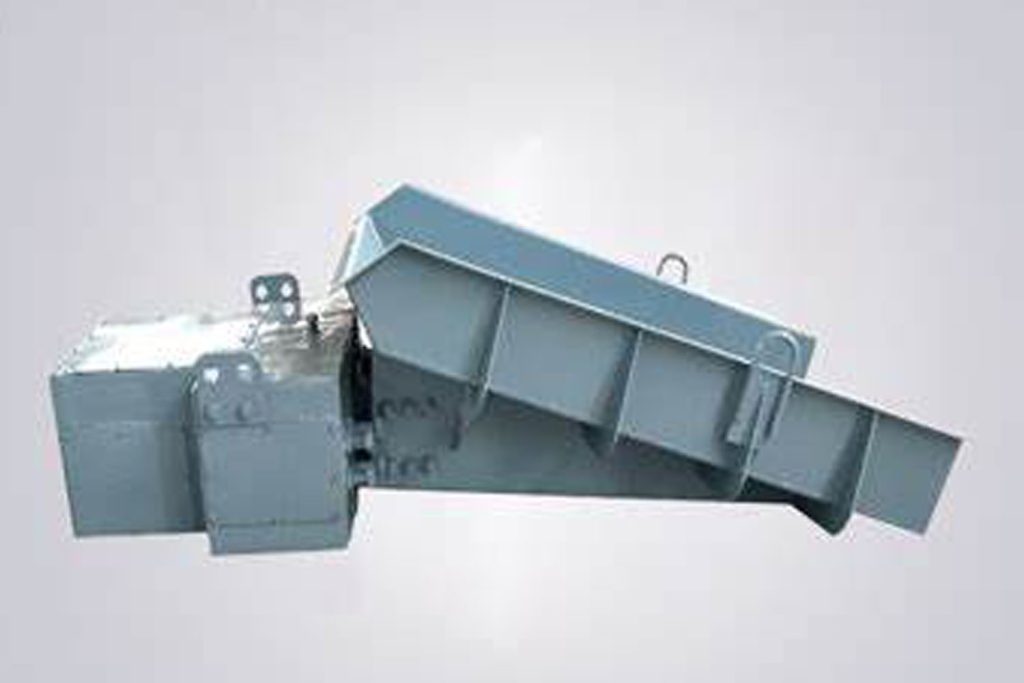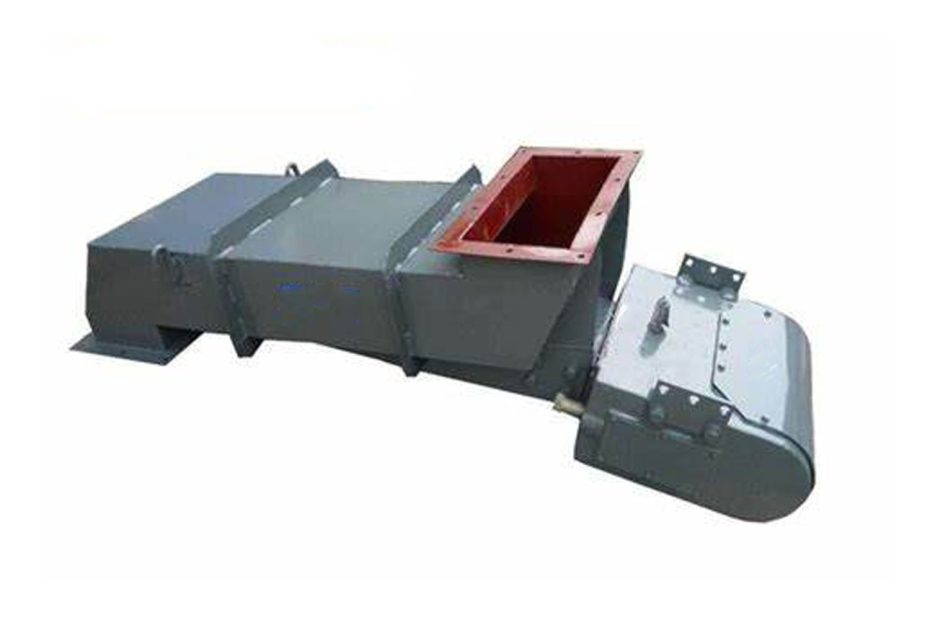The electromagnetic vibrating feeder is used to uniformly or quantitatively supply materials from the storage bin or other storage equipment to the receiving equipment. It is an essential equipment for the automation of flow operations. The electromagnetic vibrating feeder has a simple structure, is easy to operate, does not require lubrication, and consumes little power. The ore feeding amount can be adjusted evenly.
The electromagnetic vibrating feeder is mainly used for quantitative or continuous supply of block, granular or powdery materials. Widely used in mining, metallurgy, coal, electric power, chemical industry, food, glass, refractory materials and other industries.
Electromagnetic vibrating feeders are a vital component in various industries, helping to convey and control the flow of materials efficiently. However, like any machinery, they can encounter common problems that disrupt their operation. By understanding these problems and their solutions, you can ensure the smooth operation of these essential devices.
6 Common Problems And Solutions For Electromagnetic Vibrating Feeders
Inadequate Material Flow
- Problem: Sometimes, electromagnetic vibrating feeders may fail to provide a consistent material flow, leading to inefficiencies in the production process.
- Solution: To address this issue, inspect the feeder’s drive unit for loose or damaged components. Ensure that the material is loaded evenly and that the feeder’s vibration settings are adjusted appropriately. Calibration of the control unit may be necessary to maintain a steady material flow.
Excessive Noise
- Problem: Electromagnetic vibrating feeders can produce excessive noise during operation, which can be disruptive and pose safety concerns.
- Solution: First, check for loose or worn-out parts, such as springs or bearings. Proper lubrication can also reduce noise levels. Adjusting the vibration frequency and amplitude can help minimize noise without compromising performance.
Electrical Issues
- Problem: Frequent electrical problems, such as short circuits or voltage fluctuations, can affect the functioning of electromagnetic vibrating feeders.
- Solution: Ensure that the feeder is correctly grounded and that the electrical connections are secure. Using surge protectors or voltage stabilizers can help protect the feeder from electrical issues. Regularly inspect the wiring and control systems to identify and address potential problems before they become severe.
Material Jamming
- Problem: Material can occasionally become jammed within the feeder, causing blockages and interrupting the process.
- Solution: Implement regular maintenance routines to prevent material buildup. Adjust the feeder’s settings to minimize the risk of jamming. Consider installing a vibration sensor to detect and address material blockages promptly.
Uneven Wear
- Problem: Uneven wear of feeder components, such as trays and springs, can result in reduced operational efficiency and increased maintenance costs.
- Solution: Regularly inspect and replace worn components. Implement a schedule for preventive maintenance to ensure that all parts are in good condition. Proper lubrication and vibration adjustment can help distribute wear more evenly.
Contamination
- Problem: Contaminants, such as dust or foreign particles, can enter the feeder, causing damage to internal components and affecting material quality.
- Solution: Install protective covers or enclosures to prevent contamination. Regularly clean the feeder and its components to remove any debris or contaminants. Implement air filtration systems in the surrounding area to reduce the ingress of dust and particles.

Supporting Data Of Problem And Solution
To provide a comprehensive overview of the problems and solutions discussed, we’ve organized the information in a table for easy reference:
| Problem | Solution |
|---|---|
| Inadequate Material Flow | – Inspect the drive unit for damage<br>- Ensure even material loading<br>- Calibrate the control unit |
| Excessive Noise | – Check for loose or worn parts<br>- Proper lubrication<br>- Adjust vibration settings |
| Electrical Issues | – Ensure proper grounding<br>- Use surge protectors and stabilizers<br>- Regularly inspect wiring and control systems |
| Material Jamming | – Implement regular maintenance routines<br>- Adjust settings<br>- Consider installing a vibration sensor |
| Uneven Wear | – Regularly inspect and replace worn components<br>- Schedule preventive maintenance<br>- Proper lubrication and adjustment |
| Contamination | – Install protective covers or enclosures<br>- Regularly clean the feeder and components<br>- Implement air filtration systems |
Conclusion
Electromagnetic vibrating feeders play a crucial role in various industrial processes, but they can encounter common problems. By understanding these issues and their solutions, users can maintain the efficiency and reliability of their feeders.
Regular maintenance, proper adjustment of settings, and attention to detail are key to preventing and addressing these problems. This article has provided insights into addressing common challenges, enabling you to keep your electromagnetic vibrating conveyor system in optimal working condition.
